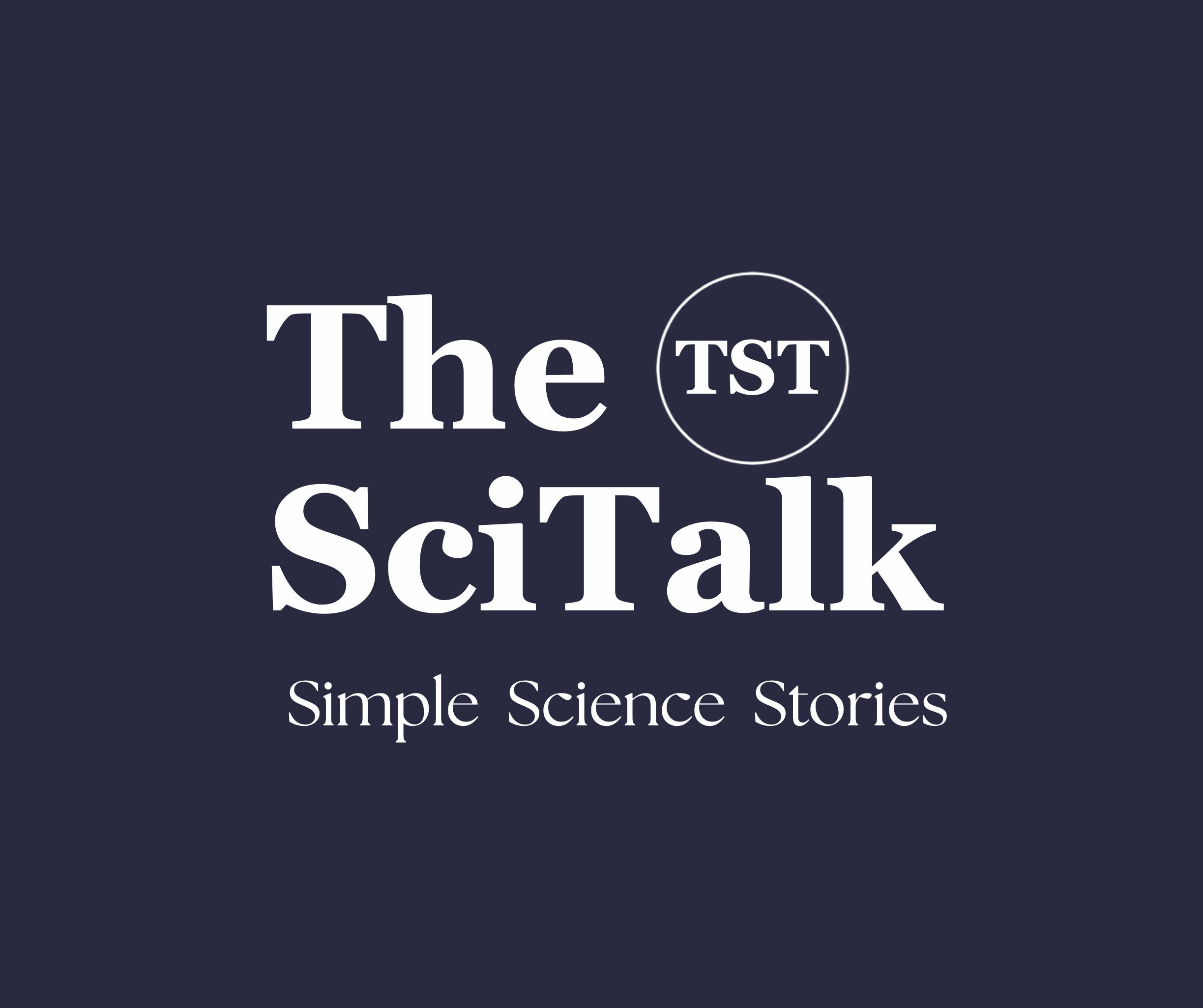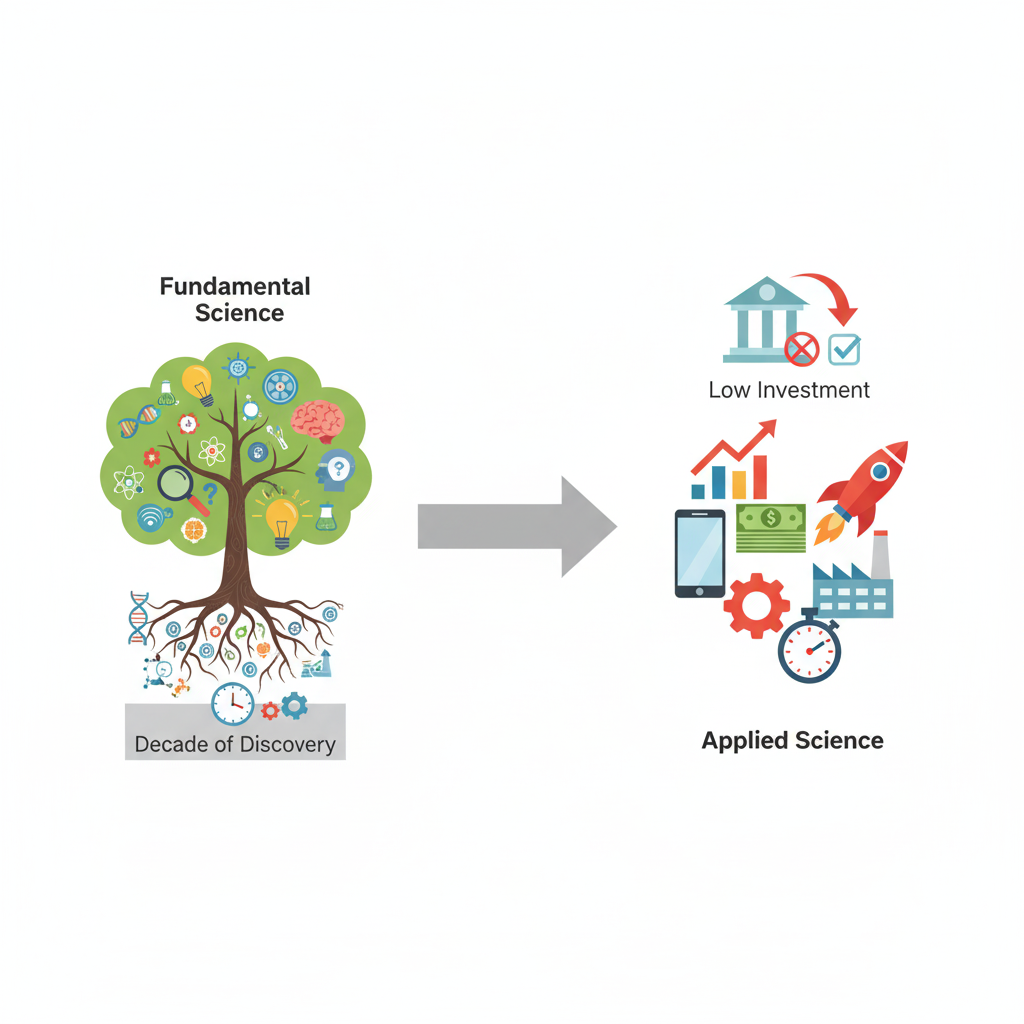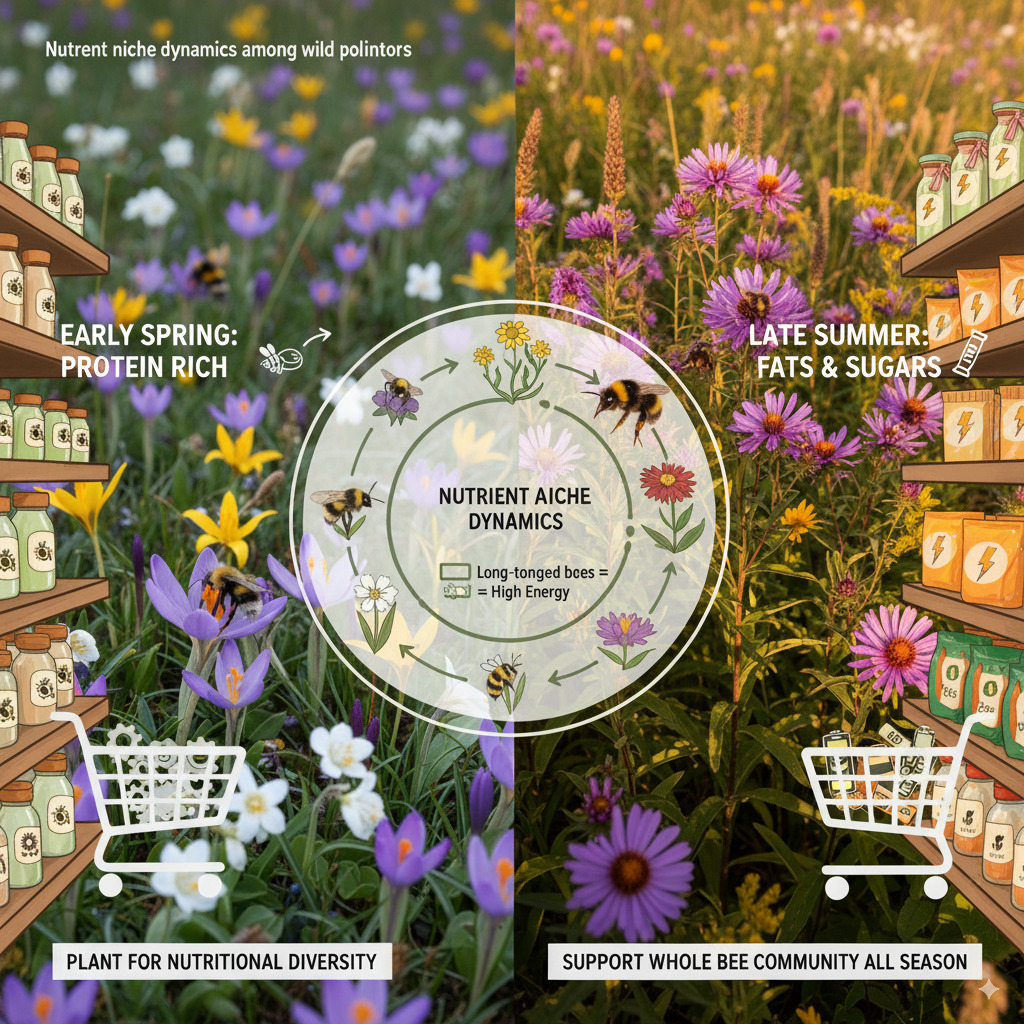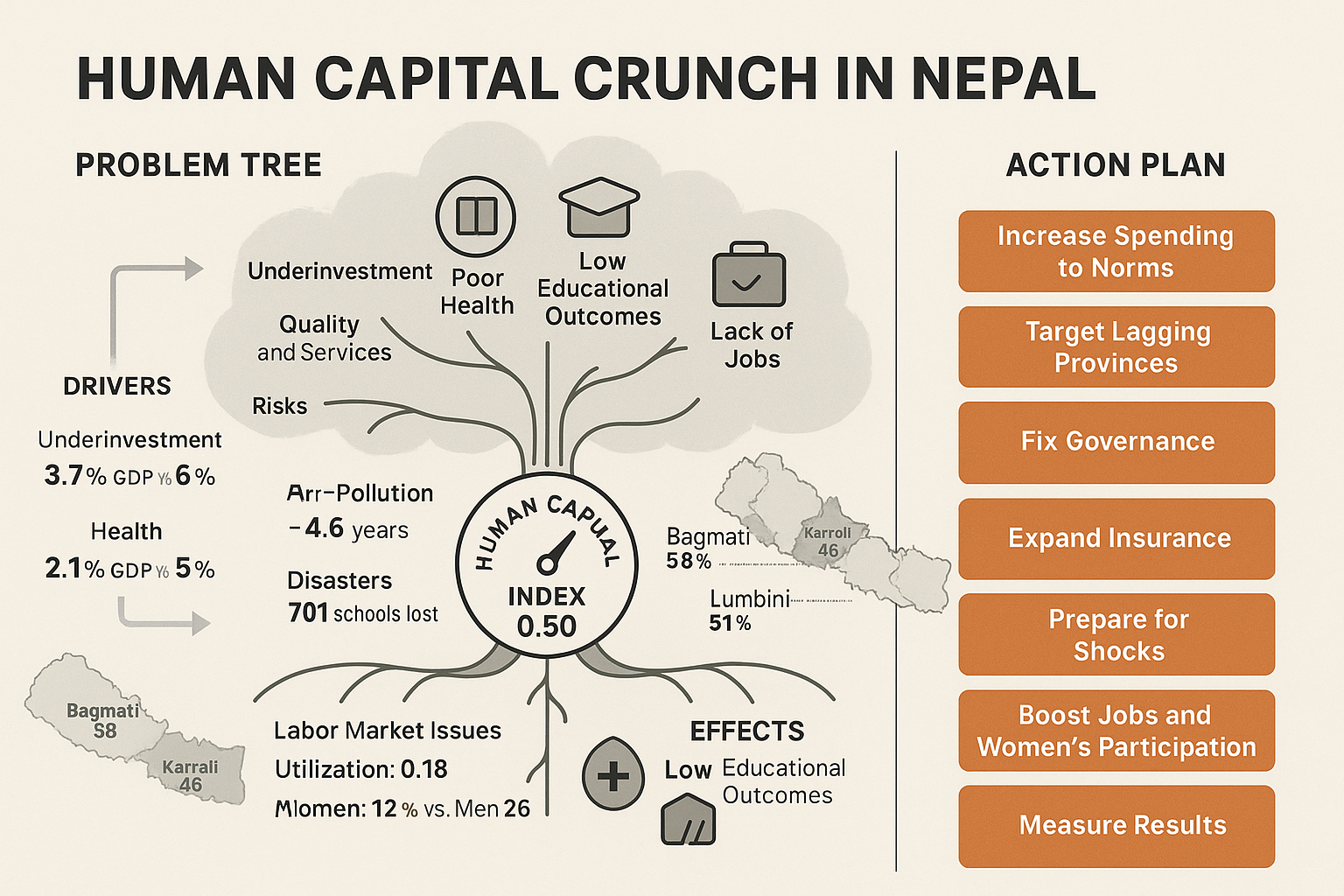
Manisha Prajapati
Apr 18, 2025
Since the 1980s, counterfeit drugs have emerged as a significant global problem that has affected health and economics tremendously. The problem was first addressed internationally at a conference in Nairobi in 1985. Thirty years have passed, and since then, there have been many incidents of counterfeit drugs happening around the world, with an estimated worth of around $200 billion.
In 2013, Ranbaxy USA (a subsidiary of Indian pharmaceutical manufacturer Ranbaxy) was charged by the United States in regards to certain generic drugs, including Sotret, Gabapentin, and Ciprofloxacin, not being up to the quality mark suggested by the FDA. Not only this, the WHO declared a forewarning for Southeast Asia when they discovered two falsified hepatitis C drugs and a falsified yellow fever vaccination. Unfortunately, India and China have continued to be the two leading players in the counterfeit world. These countries produce most of the generic and branded medicine worldwide and consequently have a worldwide consumer base because of their mass coverage. The opioid crisis in the US and the majority of the deaths related to it are from the synthetic heroin fentanyl manufactured in China. Besides these, around 200 people died in Pakistan in 2012 after taking contaminated heart medication, and another 60 people died after drinking cough syrup to get high. In Hong Kong, about 40 percent of Viagra sales turned out to be fake. The list of cases is never-ending, but regrettably, it is only the tip of the iceberg of what is happening worldwide. Nepal has not escaped from this horrendous problem as well. Research conducted in the Kathmandu Valley reported that substandard medicines are abundant in the Nepalese pharmaceutical market, and there was no uniformity in similar pharmaceutical products.
Developing Nations: Easy Targets in a Deadly Game
The counterfeiters clearly target developing countries. The weak drug regulatory control and enforcement, unreliable supply of basic medicine, lack of intellectual property rights (IPR), lack of regard for quality assurance, and corruption in the healthcare system have encouraged this problem. Many times, the cost of genuine drugs is well beyond the reach of a majority of the population. The WHO estimated that 6% of worldwide pharmaceuticals are counterfeit, and 70% of pharmaceuticals sold in many developing countries are substandard. In most developed countries, the world of counterfeiting is motivated by its enormous potential profits. Lifestyle drugs are usually the target in these countries, like those used to treat erectile dysfunction, hypercholesterolemia, hypertension, and cancer. On the contrary, life-threatening drugs like malaria, tuberculosis, and HIV/AIDS have been counterfeited in developing countries.
Broken Chains and the Rise of Dark Pharmacies
The counterfeit business has been predominant in both scenarios, where poor people have to choose between counterfeit drugs or expensive legitimate drugs and where there is high demand, lucrative markets, and high turnover. Another reason is the imperfect supply chain system in the pharmaceutical industry. The supply chain system, from manufacturers to wholesalers, distributors, and pharmacists, is faulty before reaching consumers. The lack of information sharing in the system (manufacturers have no idea what happened to their products), no visibility, and costly and complicated recalls have allowed counterfeit drugs to thrive. Also, the increasing use of online pharmacies has expanded the global market for falsified medicines. The dark net allows anonymous transactions between manufacturers, distributors, and consumers. Both packaging and medication are becoming increasingly sophisticated, making it difficult for consumers and law enforcement to identify them without chemical analysis.
Fighting Back: Tech, Policy, and Public Vigilance
Knowing all these consequences, the WHO launched the Global Surveillance and Monitoring System in 2013 to encourage countries to report incidents of substandard and falsified medical products in a structured format. The system aims to identify the scale of the harm caused by counterfeit drugs, allowing the patterns to be tracked and keep the public informed. However, the problem is too big for the WHO's sole responsibility. Countries need to undertake detection and prevention methods on a national level as well. Strict law enforcement is critical, and penalties should be imposed on those involved in breaching the rules.
Another way to do this is to develop sophisticated techniques for unique drugs. Analytical techniques like infrared, Raman, and mass spectrometry can be used to identify falsified medicines. But, these are expensive, require time, and may not be feasible for developing and poor countries. India has recently announced that they are introducing mandatory barcoding of pharmaceutical products, which can be immediately identified when scanned. This can be a simple way of improving the traceability of medicines. With the new technology, handheld devices can assess a drug's compound in real time. This shows that pharmaceutical companies and distributors can help the government combat counterfeit medicines. Most importantly, public awareness should be conducted to encourage the general public to check drugs before buying. Pharmacies should be attentive to their products, and imported drugs should be checked before reaching the market. Everyone's role, from community leaders to doctors, pharmacists, drug controllers, and even the public, is crucial in the global fight against counterfeit drugs.
Photo Credit
Photo by Immo Wegmann on Unsplash
Photo by Stephen Foster on Unsplash



